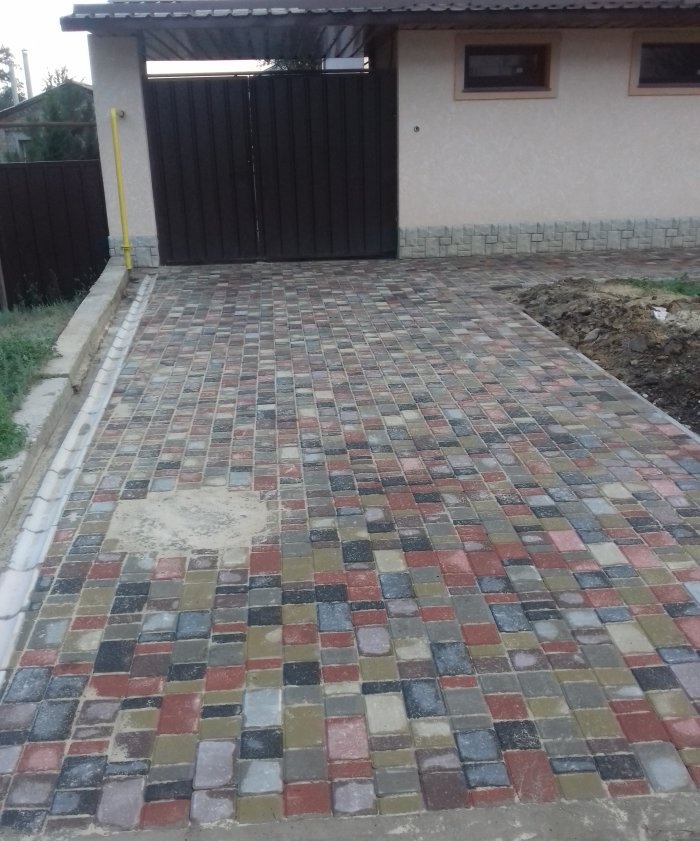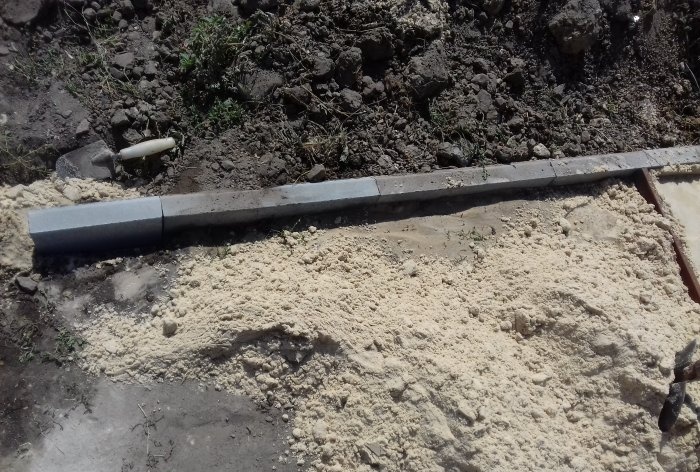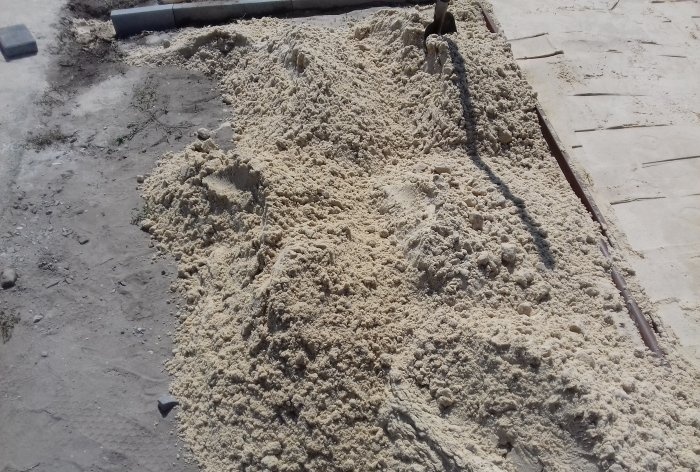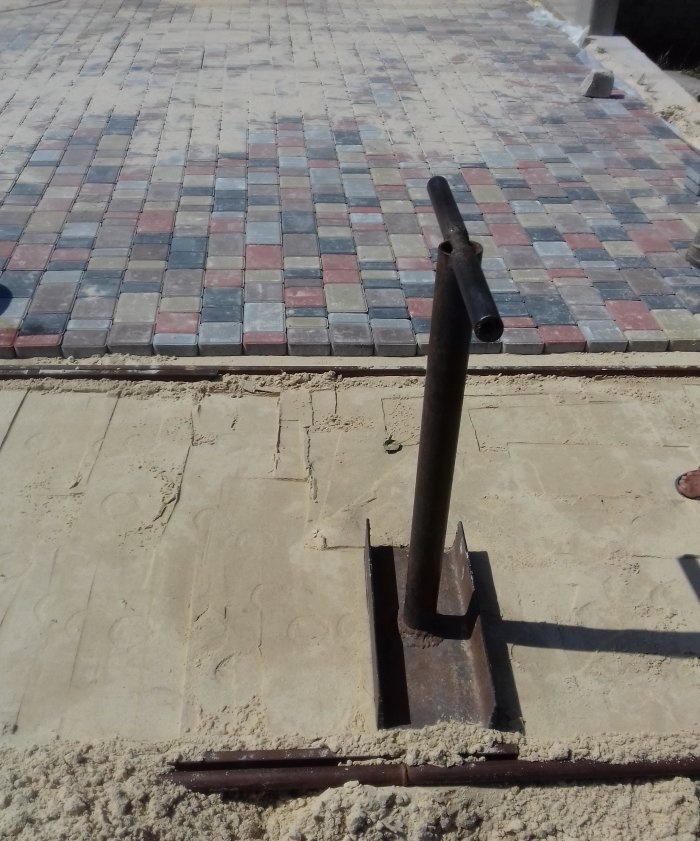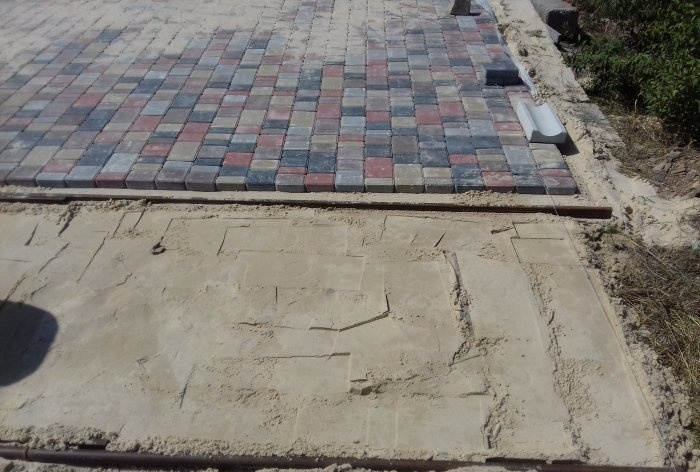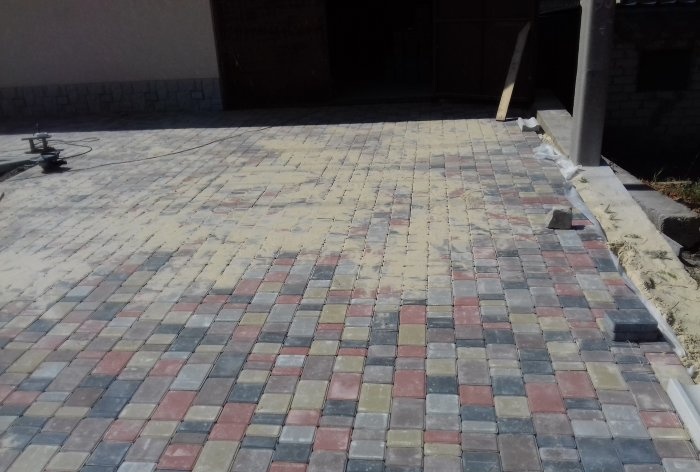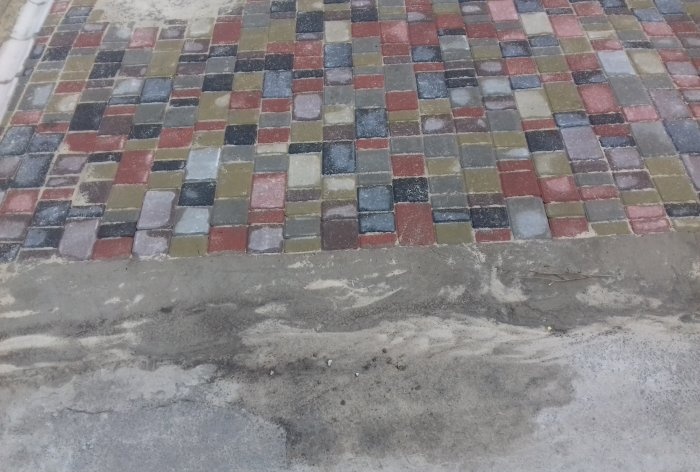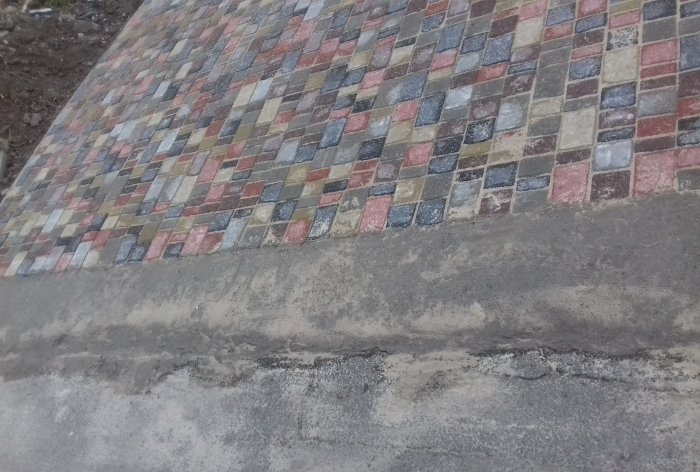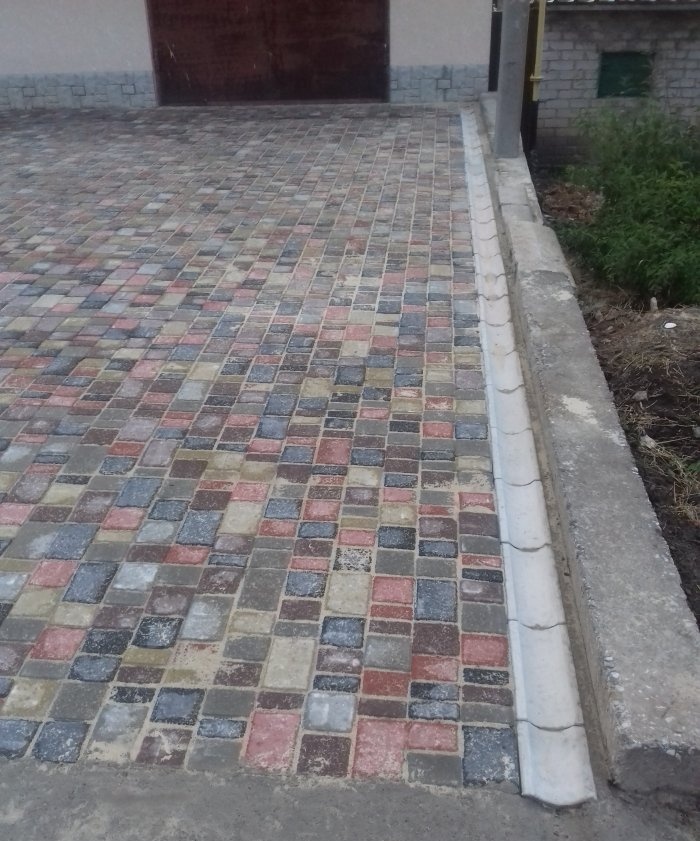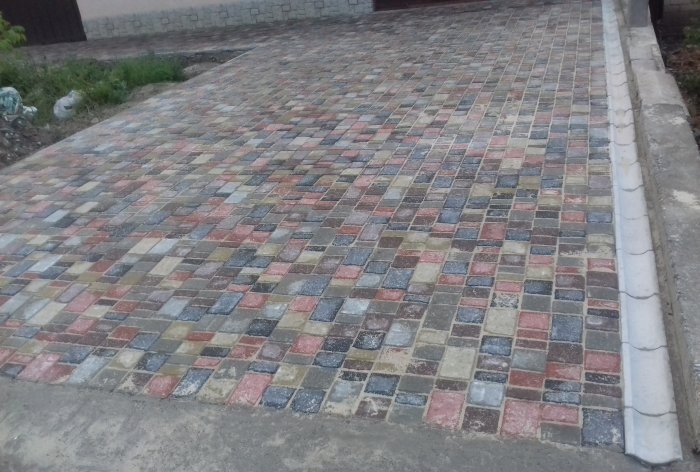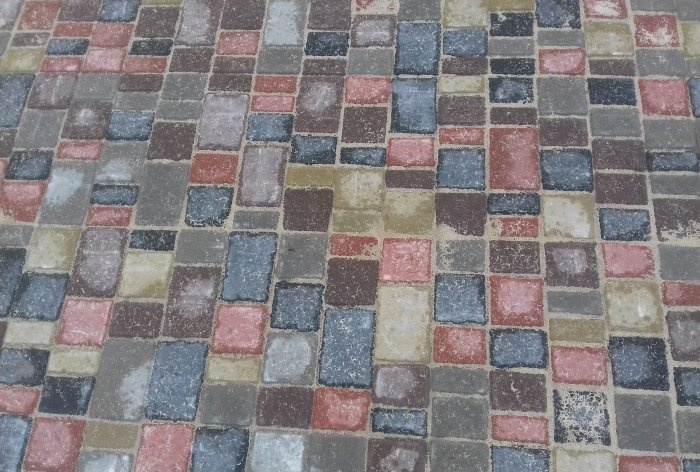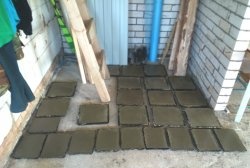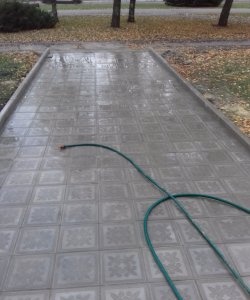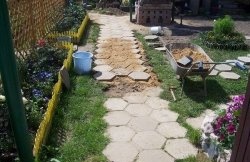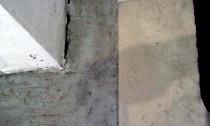Improvement of the adjacent territory to a private house today has become a commonplace. Each owner tries as best as possible and more reliably to arrange an entrance to his house, as a result of which there is a need to choose a suitable coating that must meet certain characteristics. The coating should have a beautiful appearance, be resistant to temperature changes, changes in weather conditions, and also withstand heavy loads. Access to the house from paving slabs will be the most optimal solution to this issue.
Will need
To perform the work, the following tools will be needed:
- - rubber hammer for paving slabs;
- - hydraulic level;
- - laser level or long rule;
- - hand press for sand;
- - spatula or trowel,
And materials:
- - sand;
- - paving slabs;
- - borders;
- - concrete drainage;
- - cement (preferably grade 500).
The process of laying tiles
If you cook everything you need, then access to the house from paving slabs can be done in a matter of days. First of all, you need to beat off the perimeter of the site on which the tile will be laid. You can do this using the hydraulic level, hammer the pegs around the perimeter and pull the rope so that it serves as the upper contour for future borders. Then you need to dig a small trench so that the borders can be drowned in the ground. Measure the trench immediately with a tape measure so as not to dig too deep. It is necessary to establish borders with a slight bias from the house to the street, in the future it will contribute to olive rain and melt water. After installing the border, they need to be fixed among themselves with a solution with a ratio of cement grade 500 and sand 1: 2.5. After that, leave the curbs for one day, so that the solution solidifies and the curbs are fixed among themselves. The next day, the trenches in which the curbs are installed should be covered with earth and tamped flush with the base of the site.
The next stage is the laying of paving slabs. The entire area needs to be covered with sand flush with the curbs. Moisten the sand a little with water and press it with a hand press. This procedure must be repeated until the difference between the edge of the curb and the sand is equal to the thickness of the tile. This is necessary so that the entrance to the house from paving slabs turns out without cavities and drops. When the entire site is covered with sand and rammed, you can begin laying paving slabs. First of all, near the curb, you need to lay concrete drainage, and already from them start laying tiles. The first row of tiles should be given utmost attention. The tile should be laid strictly according to the level, it will depend on how smooth the access to the house from paving slabs will turn out. The tile must be laid out in a row one by one, with a long rule or a laser level, to correct the evenness of the entire row. Then fix each tile in place, ramming it into the sand with a rubber mallet. If the tile protrudes above the curb, then there is too much sand under it. Excess sand must be carefully removed with a spatula or trowel, so as not to destroy the compacted layer. And, on the contrary, if the tile falls below the level of the curb, you need to add sand under the tile and ram the tile with a rubber hammer. Thus, the first and all subsequent rows of paving slabs are laid and the evenness of the entire site as a whole is adjusted.Also, when laying paving slabs, it is necessary to leave minimal gaps between the tiles, but in no case do not lay the tile close to each other. After all, this can lead to the destruction of the tile when it is pressed with a rubber hammer or during future operation.
After laying the paving slabs, you can proceed to the final stage. At this stage, you need to connect the entrance to the house from paving slabs with the roadway. For this, you can use a concrete screed. Between the edge of the paving slabs and the road surface, you need to dig a small trench (10-15 cm deep) and pour it with concrete. Also, at the final stage, you need to fill up the seams between the tiles with a special mixture. To prepare this mixture, dry sand should be sieved through a fine building sieve and mixed with 500 grade cement in a ratio of 1: 1. This mixture is prepared in dry form. Without exception, all the seams between tiles, curbs and concrete drainage need to be filled with this mixture. Then, with a broom, sweep away all the remains of construction debris from the paving slabs and pour water from the garden watering can or the special spray gun onto the hose. In no case should you spray the tile with a direct stream, as water pressure can wash the entire mixture from the seams. After that, leave the site for 2-3 days, so that the concrete at the junction of the tile and the road solidifies, and the mixture, which the seams are filled up, fastens the tile together. At this stage, paving slabs are completed. If all the steps are performed correctly, then the entrance to the house from paving slabs will last a very long time.
